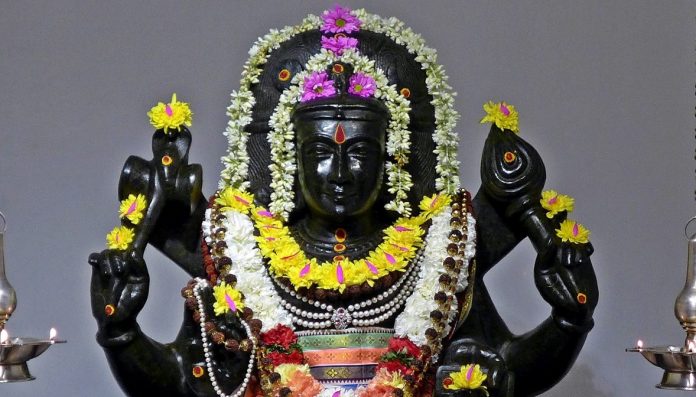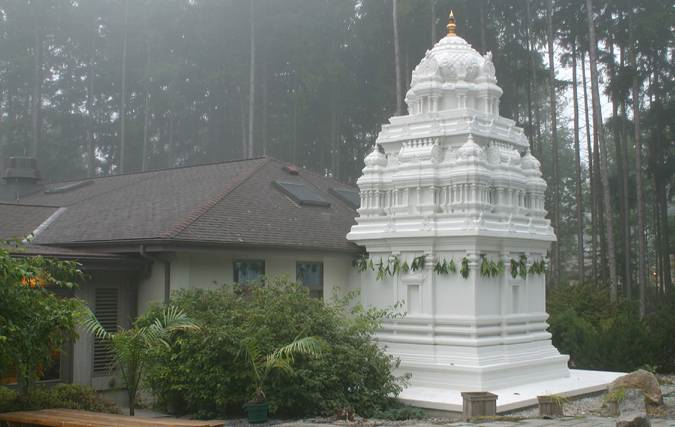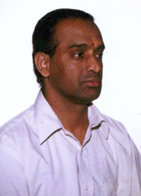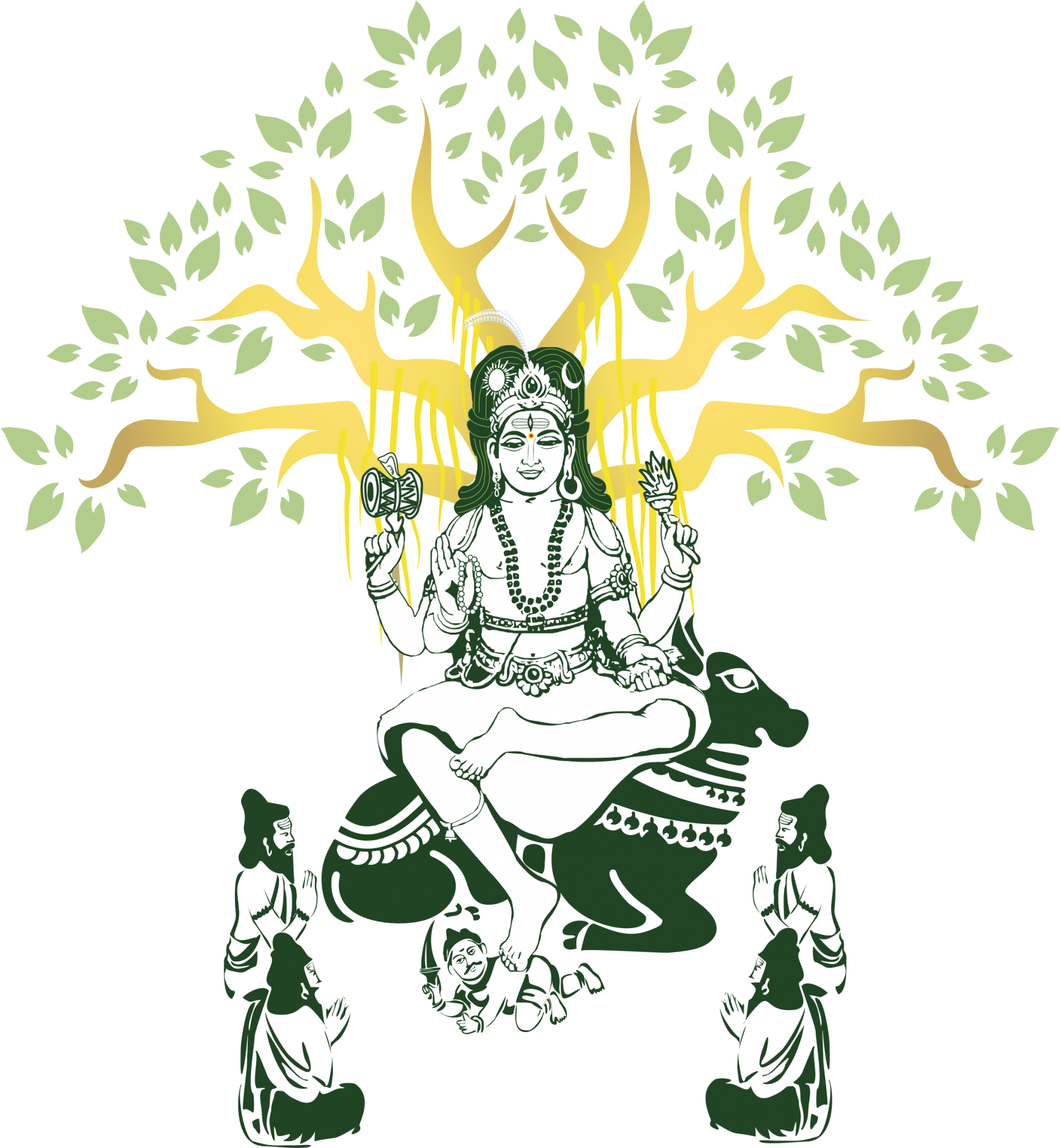Lord Ganesha and Medha Dakshinamurti Temple

Tradition holds that Lord Siva in the form of Dakshinamurti was the first teacher of Vedanta. He imparted self-knowledge to the four rishis seated at his feet, initiating an oral tradition which has been passed down to us through the centuries. Sri Medha Dakshinamurti and Ganesha Temple on the gurukulam grounds, honors this teaching tradition and provides a place of prayer and worship for all seekers.
DAILY In-Person and Online:
5:40 – 7:00 am ET Abhisheka
6:00 – 6:30 pm ET Arati
The Temple is open to the public daily from 5:30 am to 7:30 pm.
Pre-registration is no longer required for Temple visits or for 1st and 3rd Sunday classes. Registration for courses is required, as usual.
Abhisheka and Arati are streamed on YouTube at 5:40 am and 5:45 pm ET, respectively.
This information is subject to change.
Medha Dakshinamurti and Ganesha Temple
651 Route 115
Saylorsburg, Pennsylvania
5:00- 6:30 pm Abhiseka and Evening Arati to Lord Daksinamurti.
ONLINE ALSO:
All are welcome to view our programs virtually via our Live Streaming page or YouTube channel.

Medha Dakshinamurthi And Ganesha Temple
Temple Services
- Archana to Lord Ganesha and Lord Dakshinamurti
- Abishekam to Lord Dakshinamurti
- Services offered by our Priests
- Aksharabyasam
- Ayusha Homam (Birthday)
- Lagnam (Wedding)
- Namakaranam (Naming Ceremony)
- Navagraha Homam
- Shashti Abdhapoorti (60th Birthday)
- Sahasranama Puja
- Satyanarayana Puja
- Seemantham (Prenatal)
- Shrardham
- Upanayanam
Temple Priest

Pandit Ganesan comes from the city of Coimbatore in Tamil Nadu, India. Beginning at the tender age of nine, he attended the Veda Padasalai at Kumbakonam in Tamil Nadu. He received further training at the Sankaramadam associated with the Kanchi Kamakoti Peetam at Kancheepuram, Tamil Nadu. After nearly ten years of formal training at the above institutions, he was a practicing priest at Coimbatore for nearly twenty years. He joined the Gurukulam as a priest in 1997. While a student at the Vedic school associated with the Kanchi Kamakoti Peetam, Pandit Ganesan had innumerable chances to be in the presence of Holiness Jagadguru Chandrasekarendra Saraswati Swamigal of Kanchi. The one moment he cherishes is the honor of receiving a shawl and a prize from the Acharya Swamigal on completion of his course of study at the school. He may be reached at (570) 656-0197 or by email at ganesanavg@hotmail.com.


